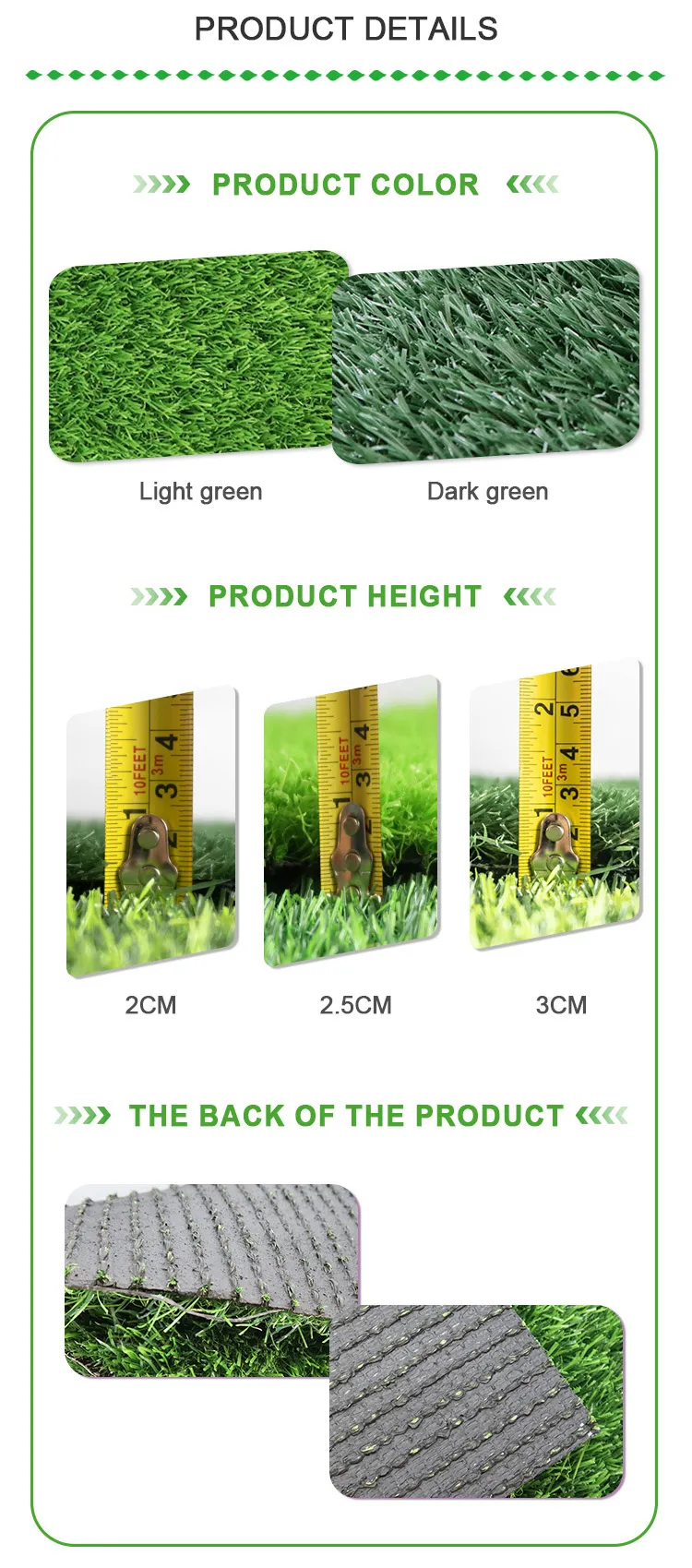
- Afrikaans
- Arabic
- Belarusian
- Bengali
- Czech
- Danish
- Dutch
- English
- Esperanto
- Estonian
- Finnish
- French
- German
- Greek
- Hindi
- Hungarian
- Icelandic
- Indonesian
- irish
- Italian
- Japanese
- kazakh
- Rwandese
- Korean
- Kyrgyz
- Lao
- Latin
- Latvian
- Malay
- Mongolian
- Myanmar
- Norwegian
- Persian
- Polish
- Portuguese
- Romanian
- Russian
- Serbian
- Spanish
- Swedish
- Tagalog
- Tajik
- Thai
- Turkish
- Turkmen
- Ukrainian
- Urdu
- Uighur
- Uzbek
- Vietnamese
artificial grass field
Dec . 06, 2024 22:22 Back to list
The Rise of Artificial Grass Fields A Game Changer in Sports and Recreation
In recent years, artificial grass fields have surged in popularity across various sports and recreational activities. This transformation in playing surfaces represents a revolutionary shift, combining technology and design to create versatile, durable, and visually appealing environments for athletes and communities alike. The benefits of artificial grass fields extend beyond aesthetics and convenience; they represent a comprehensive solution for modern sporting needs.
One of the primary advantages of synthetic turf is its durability. Unlike natural grass, which can become patchy and damaged due to wear and tear from foot traffic, weather conditions, and maintenance issues, artificial grass fields are engineered to withstand significant usage without losing their quality. Many facilities find that synthetic turf can last over a decade with proper maintenance, making it a cost-effective long-term investment. This durability ensures that athletes can train and compete regularly without the interruptions caused by field conditions.
Another critical factor contributing to the rise of artificial grass fields is their low maintenance requirements. Natural grass demands frequent mowing, watering, fertilizing, and pest control, which can be time-consuming and costly. Additionally, maintaining an even playing surface often requires professional care, particularly for high-use fields. In contrast, artificial grass fields need only periodic brushing, infill replenishment, and the occasional wash to remove debris. This significant reduction in maintenance not only saves time but also lowers the overall costs associated with field upkeep.
Artificial grass is also environmentally friendly, despite initial misconceptions. Many modern turf systems are made from recyclable materials and designed to be water-efficient, which is especially important in regions prone to drought. By converting natural grass fields to artificial surfaces, communities can drastically reduce water consumption, contributing positively to ecological sustainability. Moreover, synthetic fields eliminate the need for chemical fertilizers and pesticides, minimizing harmful runoff that can impact local water sources.
artificial grass field

The versatility of artificial grass fields makes them suitable for a wide range of sports. From soccer and football to rugby and even field hockey, synthetic turf can accommodate various playing styles and requirements. The surface can be textured and designed to mimic natural grass or engineered for specific sports, providing an optimal playing experience regardless of the activity. This adaptability makes artificial turf an attractive option for multi-sport facilities, ensuring that communities can cater to diverse athletic interests in a single space.
Safety is another crucial consideration in the development of artificial grass fields. Traditionally, one of the concerns associated with synthetic surfaces was the risk of injury due to the hardness of the material. However, advancements in technology have led to the creation of softer, more forgiving synthetic turfs equipped with shock-absorption systems. These innovations contribute to injury reduction, making the playing experience safer for athletes, especially in high-impact sports.
Aesthetic appeal should not be overlooked either. Artificial grass fields offer a consistently green and vibrant appearance, regardless of the climate or weather conditions. This quality is particularly attractive for public parks, sports complexes, and schools, where presentation can enhance community pride and engagement. Well-maintained artificial grass fields can serve as significant focal points for recreational activities, drawing people together for sports, events, and social gatherings.
In conclusion, the emergence of artificial grass fields has profoundly transformed the landscape of sports and recreation. Their durability, low maintenance needs, environmental benefits, versatility, safety features, and aesthetic appeal make them a preferred choice for communities and sporting organizations worldwide. As technology continues to advance, the future holds even greater potential for artificial grass fields, ensuring that they remain a cornerstone in the evolution of athletic facilities and recreational environments. Embracing this innovative approach not only supports the needs of athletes but also fosters healthier, more active communities.
-
The Benefits of Artificial Turf for Indoors
NewsJul.15,2025
-
How Artificial Grass Suppliers Ensure Quality Products
NewsJul.15,2025
-
Artificial Grass and Pets: A Space for Relaxation
NewsJul.08,2025
-
Balcony & Outdoor Decoration with Artificial Grass
NewsJul.08,2025
-
Best Indoor Artificial Grass for Home
NewsJul.07,2025
-
Best Pet Turf for Dogs: Safe & Durable Artificial Grass Options
NewsJul.07,2025
Products categories









